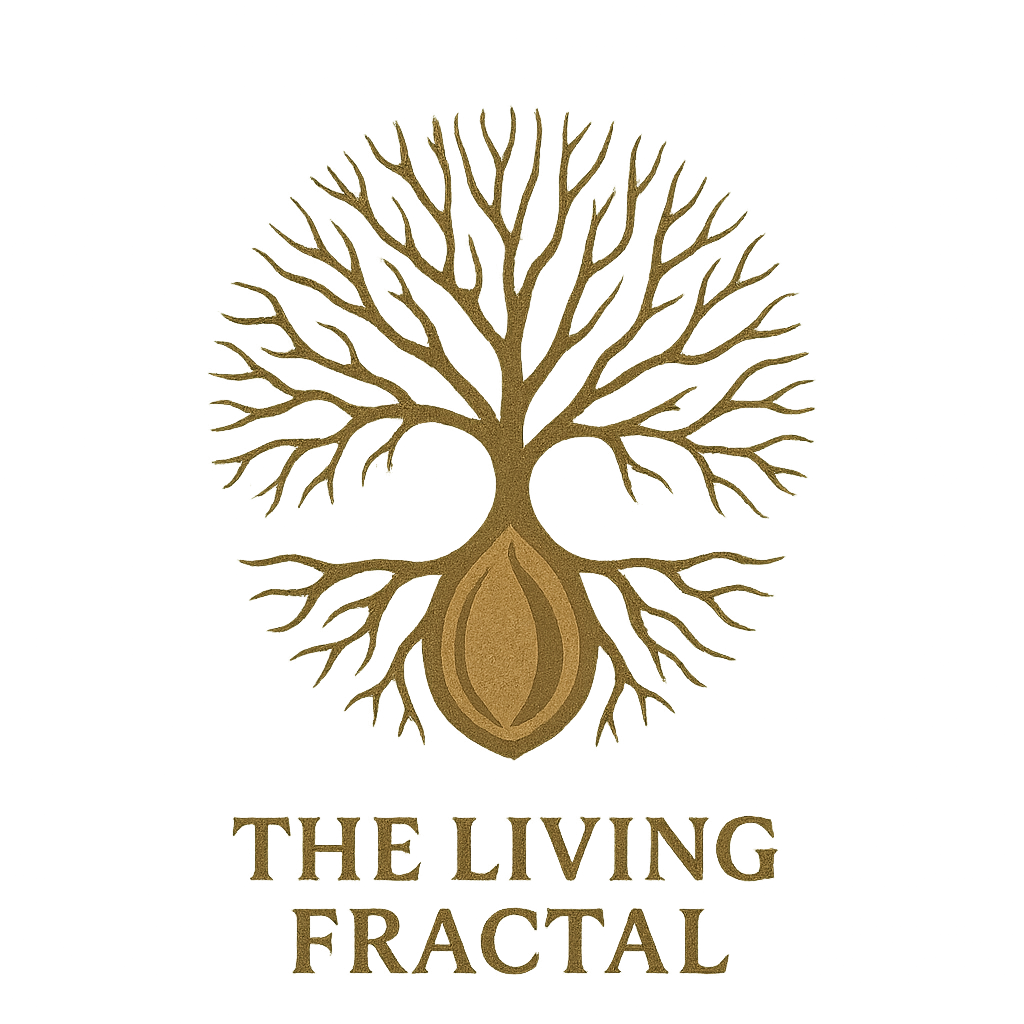What Is a Relationship?

A Conscious, Nervous-System-Based Exploration of Bioelectrical Love
Abstract
A relationship is not a social contract, a set of roles, or an exchange of needs. It is a biologically rooted, bioelectrically resonant field. Through the lens of neurobiology, trauma integration, co-regulation theory, and quantum coherence, this article dismantles conditioned myths about human connection and illuminates the truth of relationship as a living, dynamic, somatically guided intelligence.
This is not idealism.
This is field science.
I. Relationship Is Not a Structure—It’s a System
Society speaks of relationships in terms of labels: "partner," "spouse," "friend." But a relationship is not an identity—it is a relational field. A nervous system interface. A living feedback loop of biological, emotional, and energetic data.
Neuroscientist Dan Siegel calls this an interpersonal neurobiology, where the relationship is the context that shapes the brain. It is not a container—it is a mirror, and more radically, a co-regulating biofield.
Relationships are not defined by proximity, but by resonance.
II. The Nervous System Is the Axis of Intimacy
The nervous system—not the heart, not the mind—is the first to recognize whether a relationship is safe.
Stephen Porges’ Polyvagal Theory explains how humans continuously detect cues of danger or safety—subconsciously. This neuroception shapes every relational response:
- Ventral vagal state → grounded, warm, open.
- Sympathetic activation → anxious, urgent, defensive.
- Dorsal vagal shutdown → numb, dissociated, withdrawn.
What you might call “feeling safe with someone” is actually a physiological shift—a real-time change in vagal tone, heart rate variability, and emotional accessibility.
You’re not imagining safety. You’re embodying it.
III. Co-Regulation Is the Love Language
In truly bonded relationships, two nervous systems don’t just interact—they entrain. This is co-regulation: the mutual modulation of physiological and emotional states.
Coherence is not built by personality traits. It is felt through:
- Shared HRV rhythms
- Heart-brain synchronization
- Hormonal balance and immune system mirroring
These aren’t metaphors. They are measurable electromagnetic events—and they often occur even when people are apart.
Love is not a state of mind. It’s an oscillating nervous system loop.
IV. Coherence Isn’t Compatibility
Most relationship frameworks focus on compatibility—similar values, lifestyle, goals. But coherence is deeper. It’s the biophysical tuning between systems.
You can be perfectly compatible on paper and still be in chronic dysregulation.
Coherence feels like:
- Silence that nourishes
- A breath that softens
- The absence of threat in your body
Coherence can’t be faked or forced. It is recognized, not constructed.
Compatibility is the story.
Coherence is the signal.
V. Trauma Bonding vs Field Repair
In unconscious relationships, unresolved trauma reenacts itself in loops of attachment panic, rupture, addiction, and control. This is trauma bonding—nervous systems locked in dysregulation.
But when both partners are aware and attuned, the field becomes a site of repair, not reenactment. The relationship becomes a rewiring lab for the autonomic system.
Real love doesn’t bypass trauma.
It becomes the architecture of nervous system healing.
VI. The Third Entity: The Relationship as Intelligence
When coherence stabilizes, something extraordinary happens: a third field arises—not Person A or Person B, but the relationship itself.
This field:
- Holds memory
- Offers guidance
- Feels alive
Couples often say “the relationship needs space” or “the relationship is speaking.” That’s not fantasy—it’s the emergent intelligence of a co-created energetic system.
VII. Beyond Touch: Quantum Bonding
When one or both partners are physically distant—yet attuned—the relationship often deepens through quantum coherence.
- Shared HRV even across continents
- Intuitive awareness of each other’s states
- Physical symptoms responding to emotional connection
This is not “woo”—this is biofield physics. The human body is not isolated; it is a resonant antenna. Love is a waveform.
VIII. Relationship as Nervous System Technology
This kind of connection is evolutionary. It’s not just emotional—it’s neuroplastic. Secure relational fields help:
- Rewire attachment patterns
- Reorganize trauma responses
- Expand perceptual bandwidth
In this sense, relationship is a nervous system technology. It is not about security or sex or status. It is about synaptic expansion and bioelectric intelligence.
IX. The Real Definition
A relationship is:
- A nonlinear system of co-regulation
- A biological conversation between nervous systems
- A quantum-biological resonance field
- A portal to coherence, clarity, and self-recognition
It is not a spiritual abstraction. It is not a romantic delusion.
It is the body, heart, and mind resonating in real-time with another system.
And when that happens—across space, across history, across all cultural programming—
you don’t fall in love.
You fall into frequency.
Sources & Studies
- Siegel, D.J., & Solomon, M.F. (2017). How People Change: Relationships and Neuroplasticity in Psychotherapy. PDF
- Porges, S.W. (2011). The Polyvagal Theory: Neurophysiological Foundations of Emotions, Attachment, Communication, and Self-regulation. Routledge
- Hübl, T., & Avritt, J.J. (2020). Healing Collective Trauma. Google Books
- Hübl, T. (2023). Attuned: Practicing Interdependence to Heal Our Trauma. Google Books
- McLeod, C.J. (2024). HeartMath Biofeedback and SEL Study. Full Study
- Narvaez, D., & Bradshaw, G.A. (2023). The Evolved Nest. Google Books
- Sansone, A. (2020). Cultivating Mindfulness to Raise Children Who Thrive. Routledge




